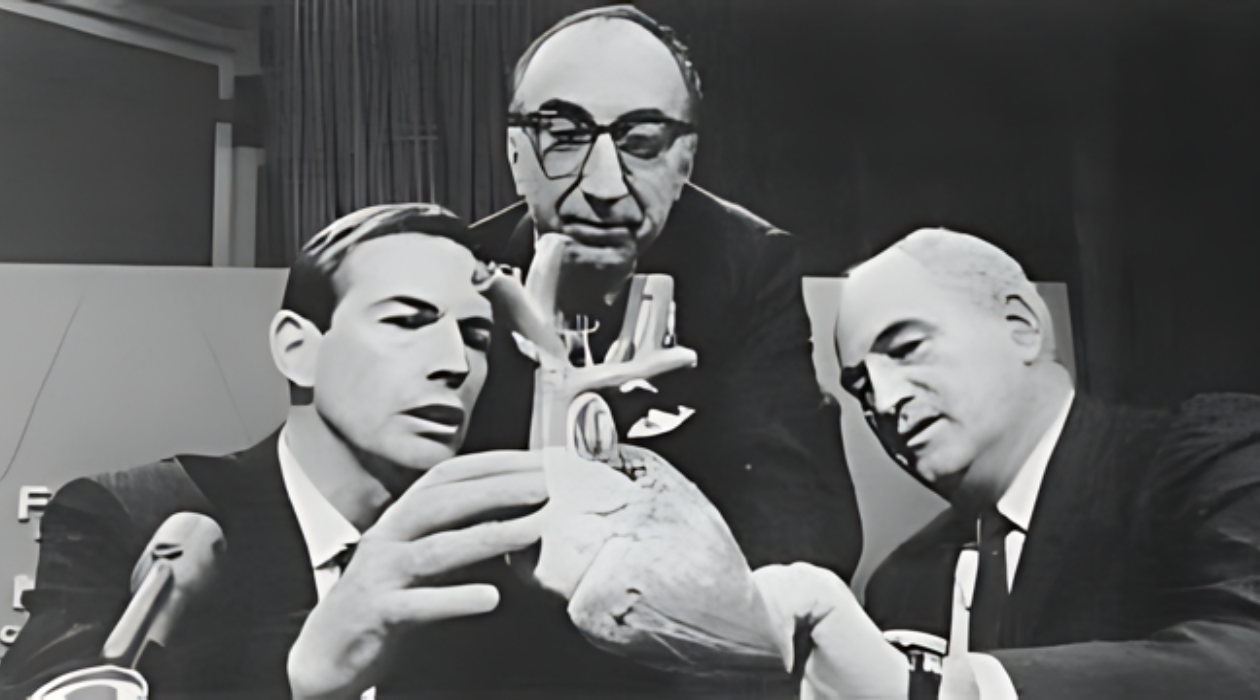
With the recent news of another HIV patient showing no trace of the virus following his stem cell therapy, Auragens has been asked numerous times what is next? But to look to the future sometimes you must start in the past.
In the evolving world of medicine, transformative breakthroughs often face initial skepticism and resistance from the established medical community. Historically, pioneering discoveries such as heart transplants, the bacterial cause of stomach ulcers, and insulin for diabetes have encountered substantial pushback before ultimately being recognized as revolutionary standards of care. These pivotal moments reflect a broader pattern where entrenched medical paradigms are challenged by innovative individuals, whose persistence and empirical evidence eventually reshape accepted practices and save countless lives. This dynamic of resistance and eventual acceptance underscores the importance of open-mindedness and adaptability in the continual advancement of medical science.
All truth passes through three stages. First, it is ridiculed. Second, it is violently opposed. Third, it is accepted as being self-evident.
– Schopenhauer
1. Heart Transplants: Pioneering Work by Christiaan Barnard

Dr. Christiaan Barnard (far left) discusses procedures with two other surgeons
In 1967, Dr. Christiaan Barnard performed the first successful human heart transplant in Cape Town, South Africa. Before this groundbreaking surgery, the concept of heart transplants faced significant skepticism and ethical concerns from the medical community. Despite these challenges, Barnard’s success laid the foundation for modern cardiac surgery.
Impact: Barnard’s success demonstrated the viability of heart transplants, leading to advancements in immunosuppressive therapy, improved surgical techniques, and better post-operative care, significantly increasing survival rates and quality of life for patients with end-stage heart disease.
References:
-
Cooper, D. K., & Keogh, A. M. (1989). “Christiaan Barnard and the first successful human heart transplant.” Heart and Lung Transplant, 8(1), 7-9.
-
Barnard, C. N. (1968). “Human cardiac transplantation.” The Journal of the American Medical Association, 205(6), 349-352.
2. Stomach Cancer: The Discovery of Helicobacter pylori
In the early 1980s, Dr. Barry Marshall and Dr. Robin Warren proposed that a bacterium, Helicobacter pylori (H. pylori), was responsible for causing stomach ulcers and, subsequently, stomach cancer. At the time, the prevailing medical belief attributed ulcers primarily to stress and spicy foods. Marshall famously ingested the bacterium to prove his hypothesis, developing gastritis as a result, which he then successfully treated with antibiotics.

Dr. Barry Marshall (left) and Dr. Robin Warren (right)
Impact: This discovery revolutionized the treatment of stomach ulcers and gastric cancer. It led to the development of antibiotic treatments for H. pylori, significantly reducing the incidence of these conditions and saving countless lives.
References:
-
Marshall, B. J., & Warren, J. R. (1984). “Unidentified curved bacilli in the stomach of patients with gastritis and peptic ulceration.” The Lancet, 323(8390), 1311-1315.
-
Warren, J. R., & Marshall, B. J. (1983). “Unidentified curved bacilli on gastric epithelium in active chronic gastritis.” The Lancet, 321(8336), 1273-1275.
3. Insulin for Diabetes: Frederick Banting and Charles Best
In 1921, Frederick Banting and Charles Best discovered insulin, transforming diabetes from a fatal disease into a manageable condition. Prior to their work, diabetes was treated with a restrictive diet that only marginally extended patients’ lives. The medical community was initially skeptical of their findings, but the undeniable success of insulin therapy quickly gained acceptance.

Charles H. Best (left) and Sir Frederick Banting, c. 1924. (right)
Impact: The discovery of insulin enabled millions of people with diabetes to live longer, healthier lives. It remains a cornerstone of diabetes management, with ongoing advancements in insulin formulations and delivery methods.
References:
-
Bliss, M. (1982). “The Discovery of Insulin.” University of Chicago Press.
-
Banting, F. G., Best, C. H., Collip, J. B., Campbell, W. R., & Fletcher, A. A. (1922). “Pancreatic extracts in the treatment of diabetes mellitus.” Canadian Medical Association Journal, 12(3), 141-146.
The promise of stem cell research is that it will alter the future of medicine by providing cures and therapies for diseases that currently have no hope of recovery.








